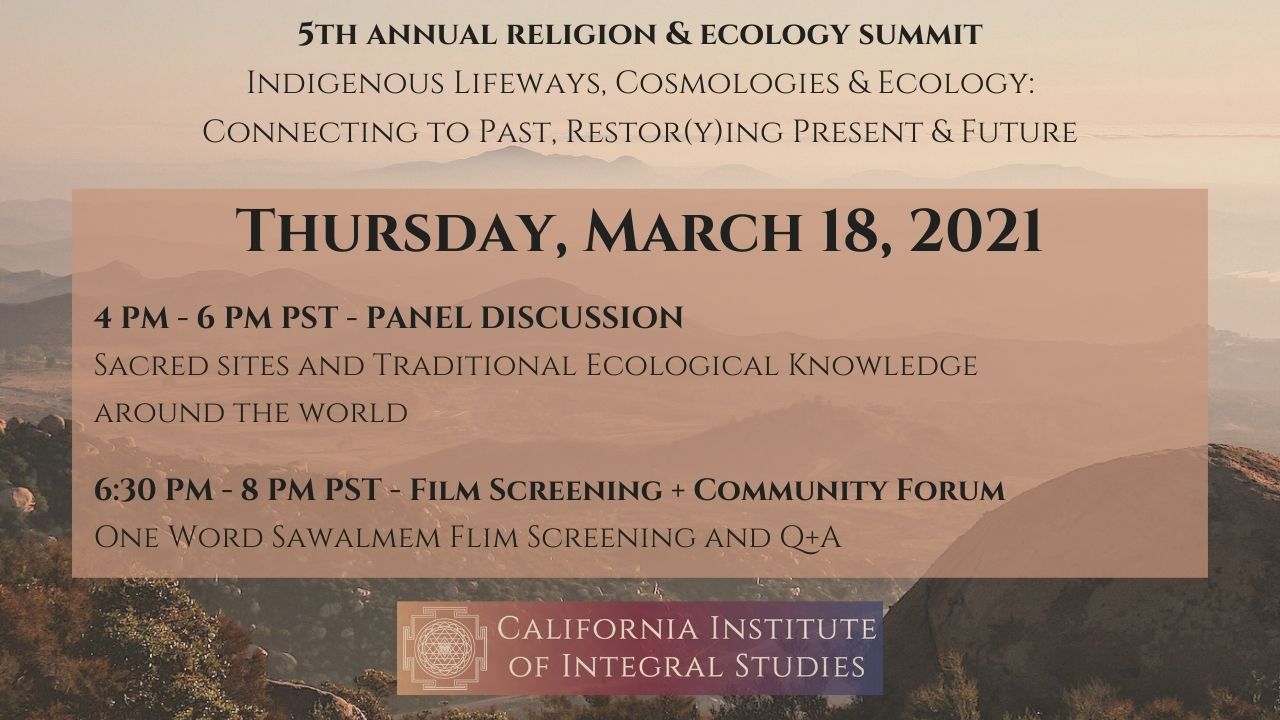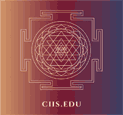Panel Title
Sacred Sites and Traditional Ecological Knowledge Around the World
Loading...
Presenter Bio
John Clammer is currently Distinguished Visiting Professor at the Institute of Liberal Arts and Sciences at Kyoto University, Japan, and is Professor of Sociology and Anthropology in the Jindal School of Liberal Arts and Humanities at O.P. Jindal Global University, Sonipat, NCR of Delhi, India. He was for almost twenty years Professor of Comparative Sociology and Asian Studies at Sophia University, Tokyo, and has taught at universities in Singapore, Germany, Australia, India, the UK, Argentina and South Korea. He has written widely on Japanese society and culture, the sociologies of religion and art, sustainability, alternative development patterns, and social philosophy.
Presentation Description
We are all no doubt familiar with the song from the musical “The Sound of Music” to the effect that “The hills are alive with the sound of music”. In most Western cosmological visions the hills of course are not alive: they are largely heaps of rocks to be climbed, mined, or simply regarded as landscape features. This is not however the case in a good deal of traditional Japanese thought, associated both with Shinto and with Buddhism. In the form of indigenous Japanese religion known as Shugendo, mountains were (and remain so for adherents and priests known as yamabushi – literally “those who lie down on the mountain”) objects of veneration and worship. However, the basis of such worship was and is the seeking of the mastering of ascetic powers, and that the act of mountain climbing can lead to purification and enlightenment. Any ecological factors were a by-product of these practices and the rituals associated with them, not a primary goal. However other traditions less-known also exist in which the unity of human religiosity and ecology are intimately inter-twined. This paper will examine one such case – that of the cult centered on Mount Kurama in Kyoto Prefecture and its complex theology and practices which link the mountain to the generation of forms of ecological knowledge that are central to the maintaining of human-nature relationships. The paper will explore this system of beliefs, relate it to Japanese conceptions of nature, and will examine the ways in which mountains are indeed regarded as alive: as entities in themselves, as the generators and regulators of climate, and as the habitat for both animals and spirits that are sources of energy for the management of the wider environment, so disrupted by industrialization and pollution. This becomes not so much as case of “thinking like a mountain” as “acting with the mountain” as a force of empowerment for ecological preservation and restoration.
Link to Website(s)
Presenter Photo

The Hills are Really Alive!: Sacred Mountains and the Renewal of Traditional Ecological Knowledge in Japan
We are all no doubt familiar with the song from the musical “The Sound of Music” to the effect that “The hills are alive with the sound of music”. In most Western cosmological visions the hills of course are not alive: they are largely heaps of rocks to be climbed, mined, or simply regarded as landscape features. This is not however the case in a good deal of traditional Japanese thought, associated both with Shinto and with Buddhism. In the form of indigenous Japanese religion known as Shugendo, mountains were (and remain so for adherents and priests known as yamabushi – literally “those who lie down on the mountain”) objects of veneration and worship. However, the basis of such worship was and is the seeking of the mastering of ascetic powers, and that the act of mountain climbing can lead to purification and enlightenment. Any ecological factors were a by-product of these practices and the rituals associated with them, not a primary goal. However other traditions less-known also exist in which the unity of human religiosity and ecology are intimately inter-twined. This paper will examine one such case – that of the cult centered on Mount Kurama in Kyoto Prefecture and its complex theology and practices which link the mountain to the generation of forms of ecological knowledge that are central to the maintaining of human-nature relationships. The paper will explore this system of beliefs, relate it to Japanese conceptions of nature, and will examine the ways in which mountains are indeed regarded as alive: as entities in themselves, as the generators and regulators of climate, and as the habitat for both animals and spirits that are sources of energy for the management of the wider environment, so disrupted by industrialization and pollution. This becomes not so much as case of “thinking like a mountain” as “acting with the mountain” as a force of empowerment for ecological preservation and restoration.
https://digitalcommons.ciis.edu/religionecologysummit/2021/Thursday/3



